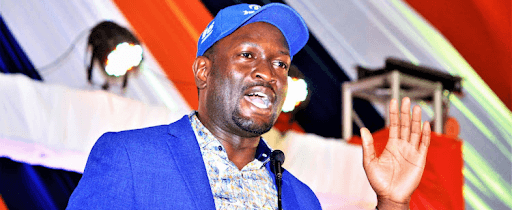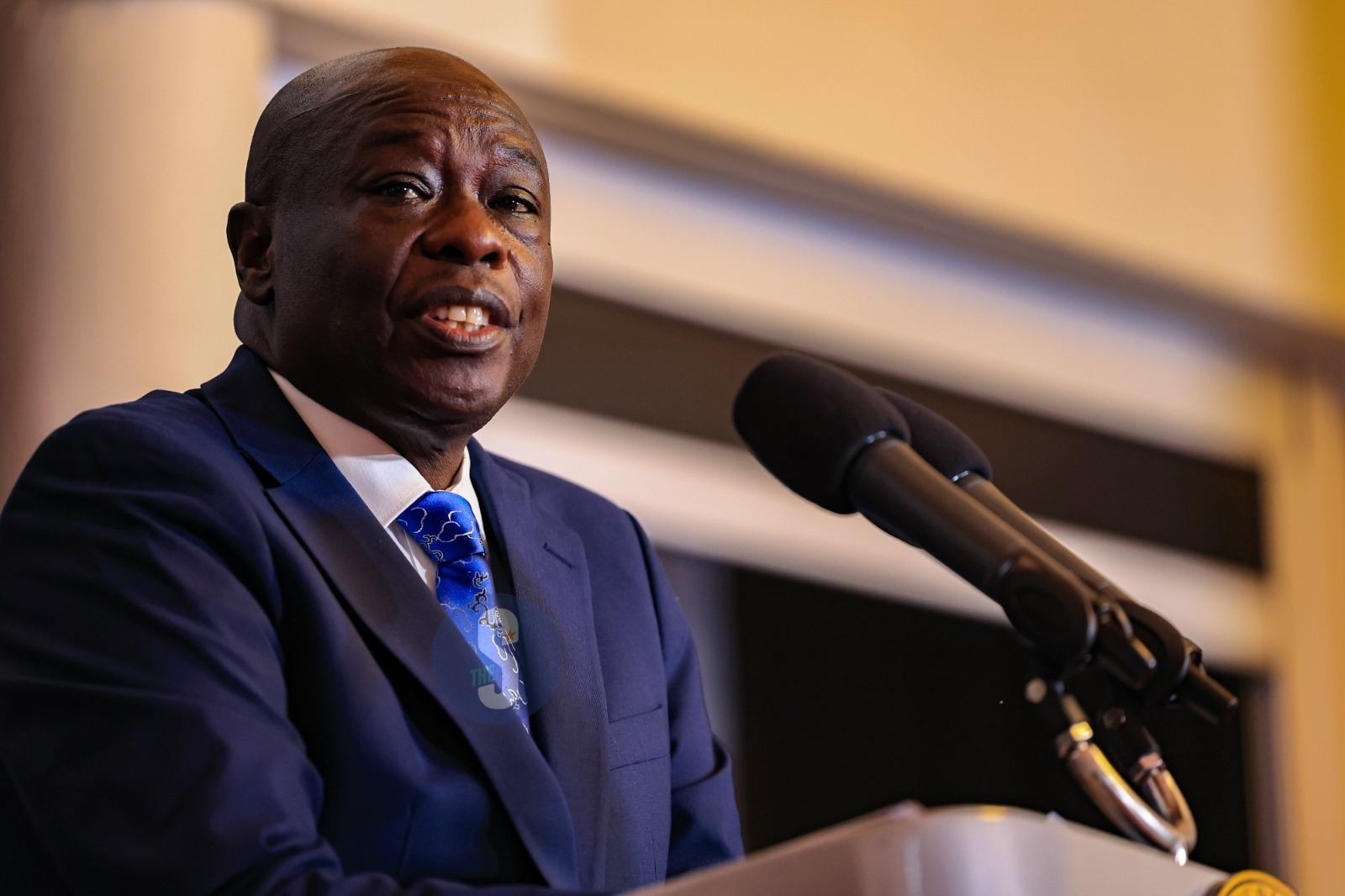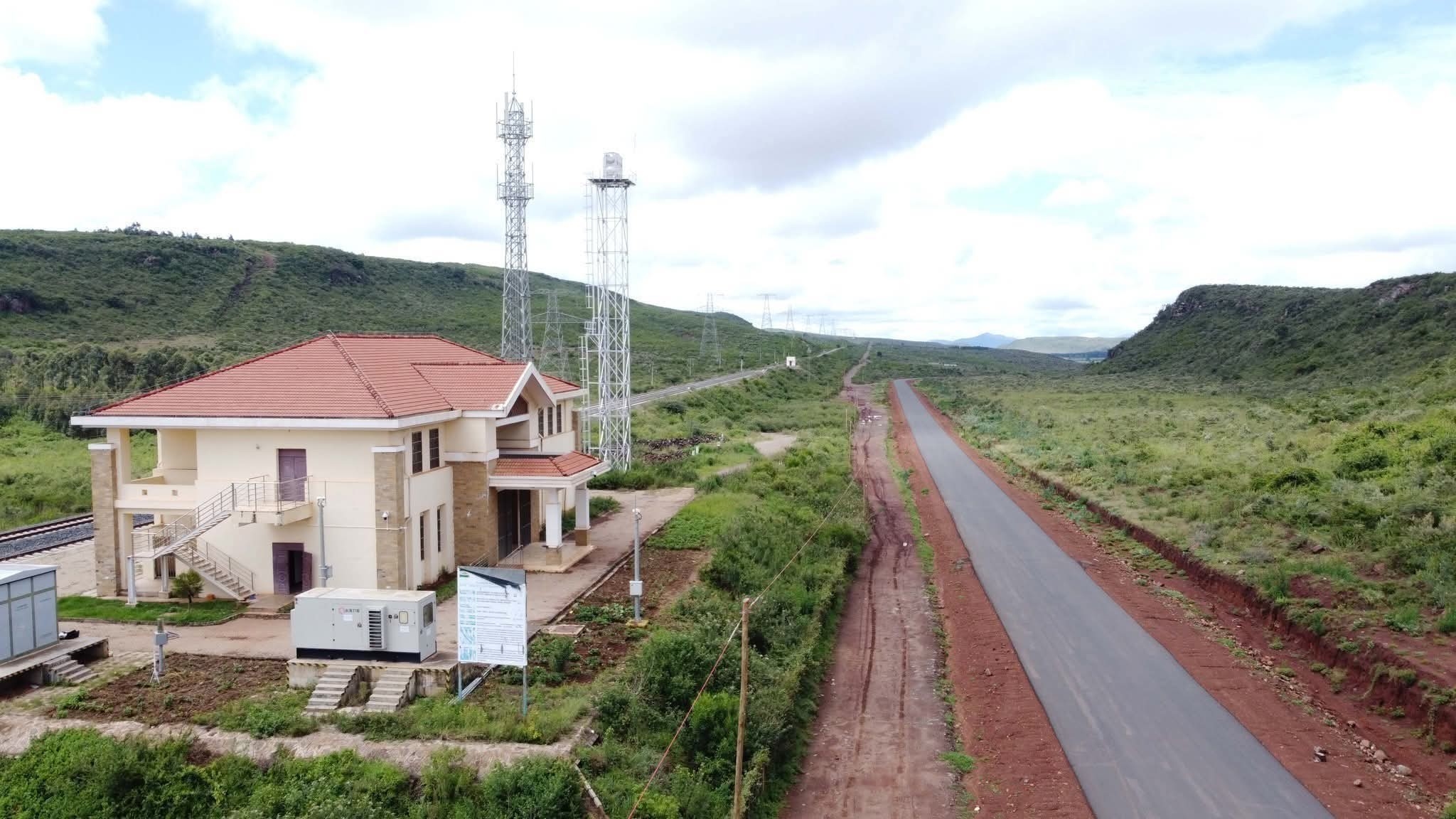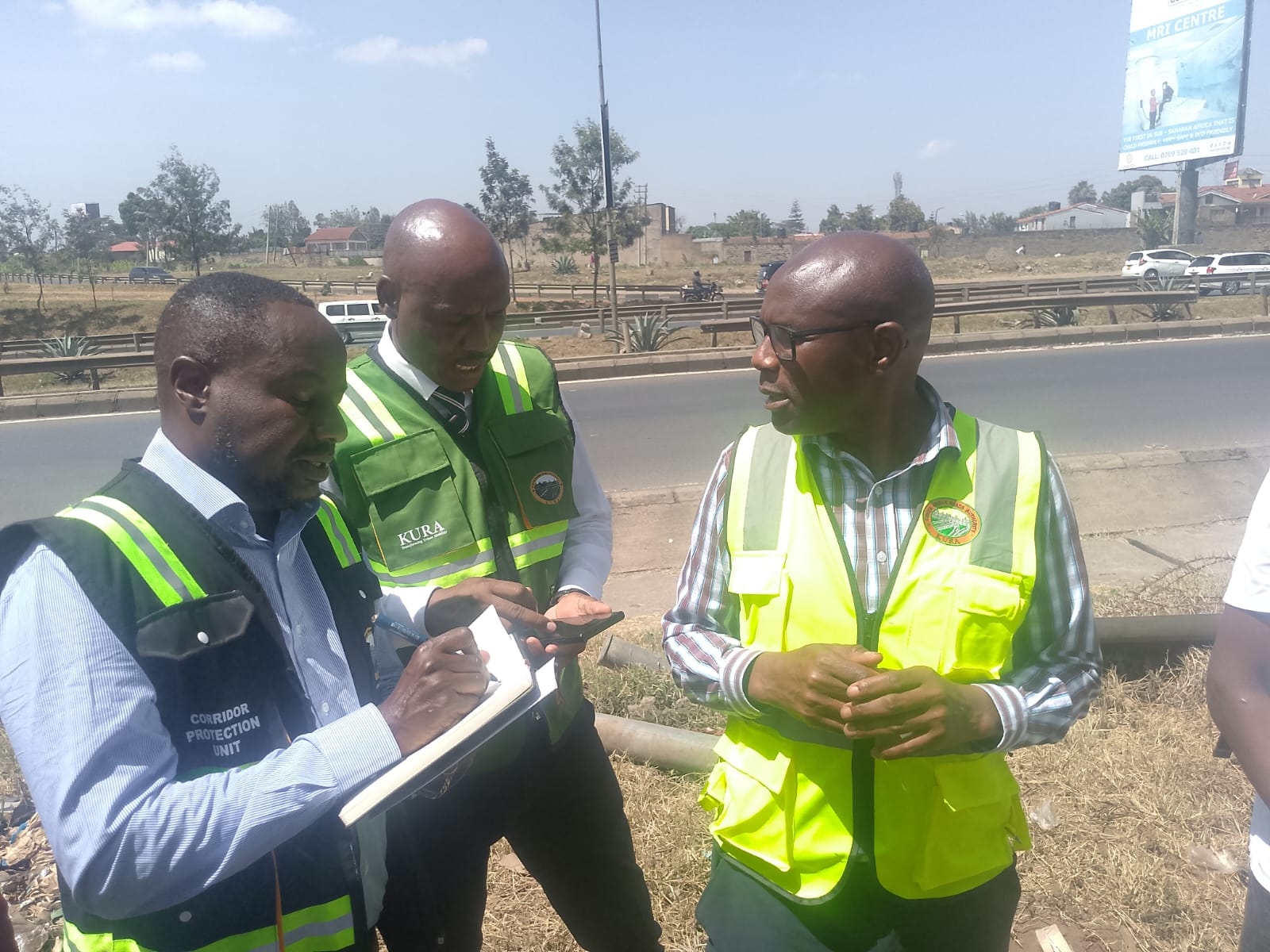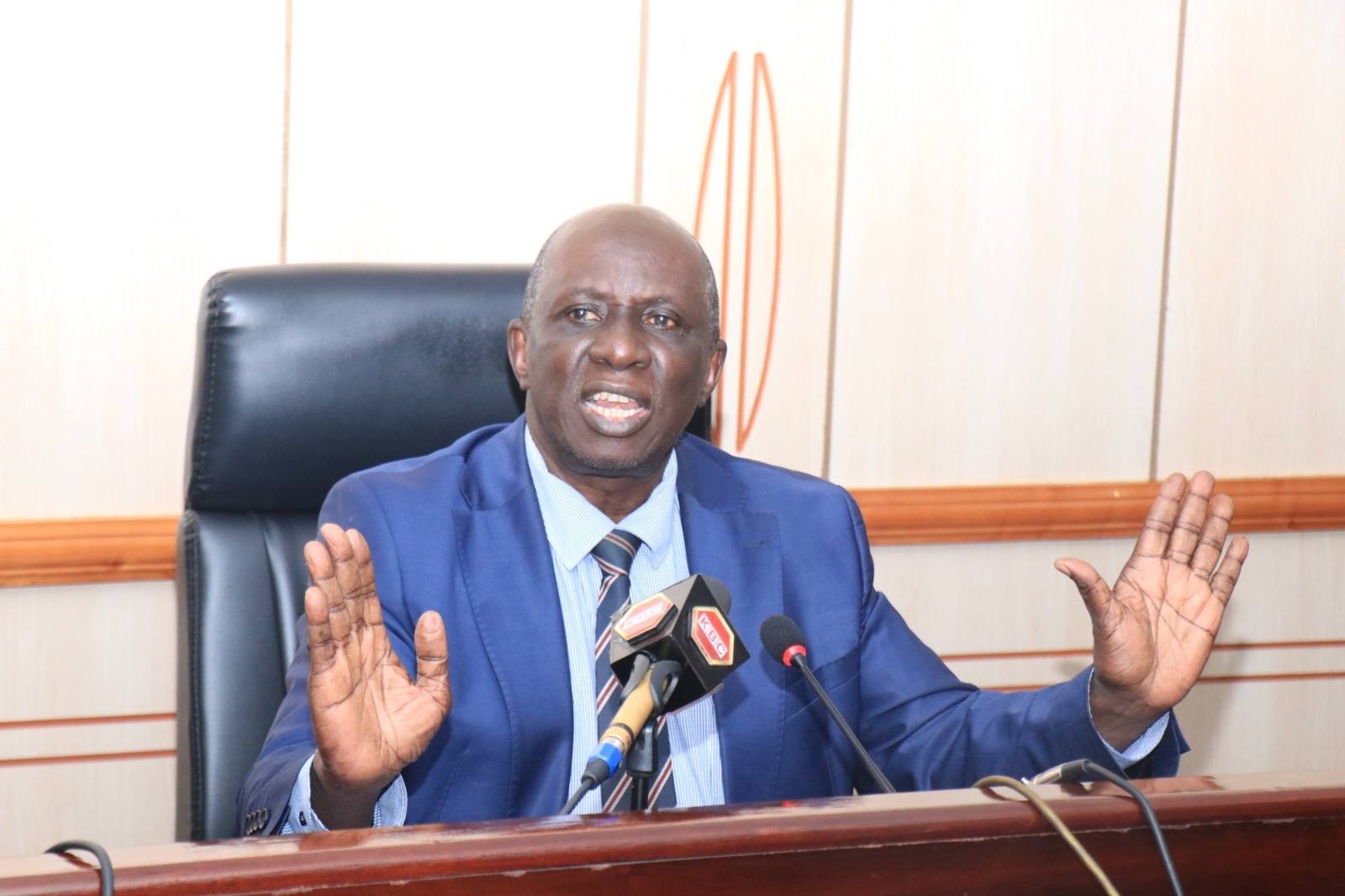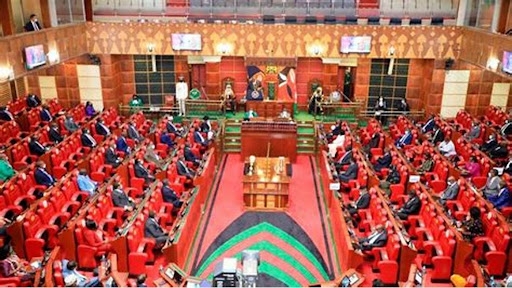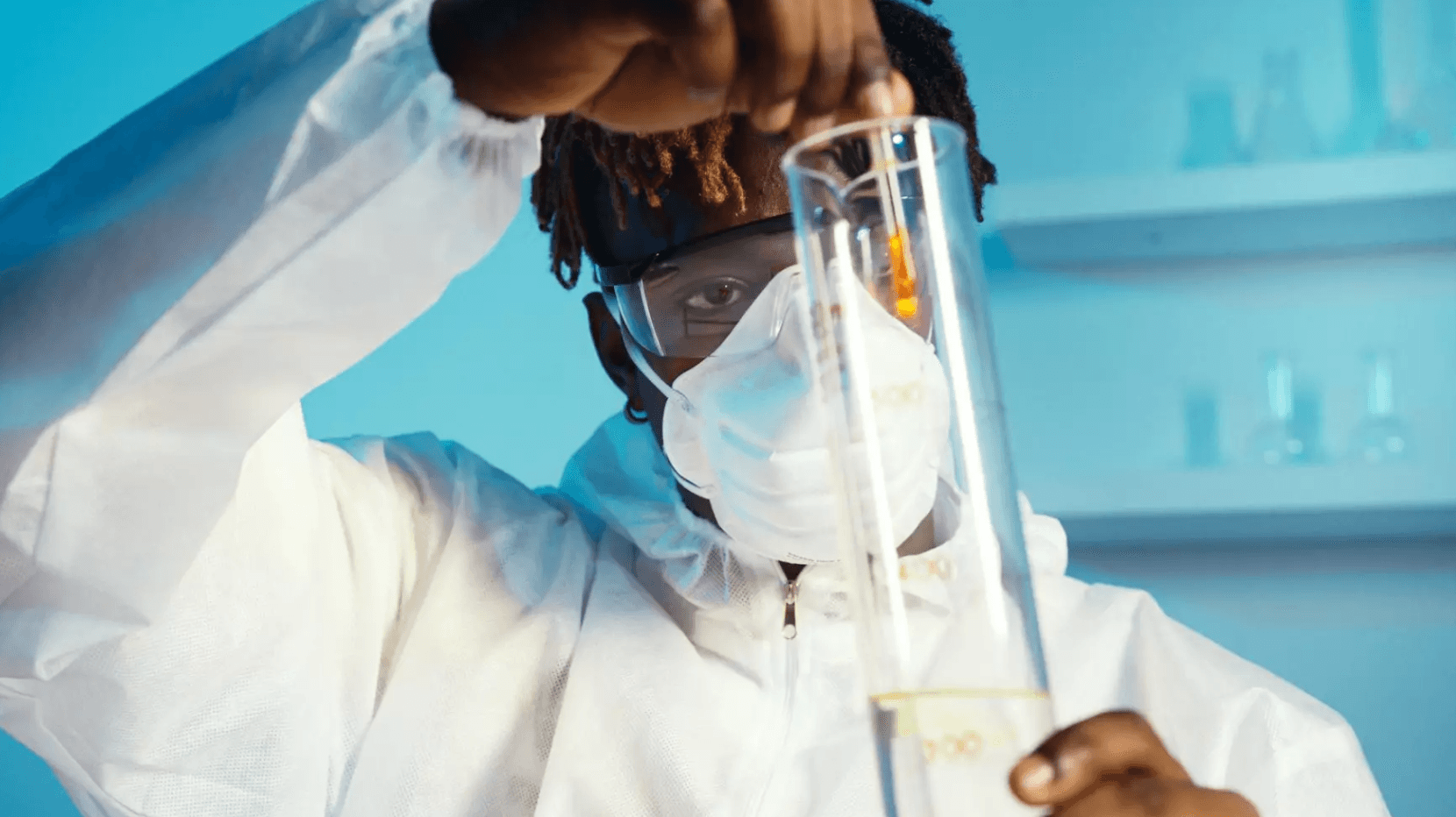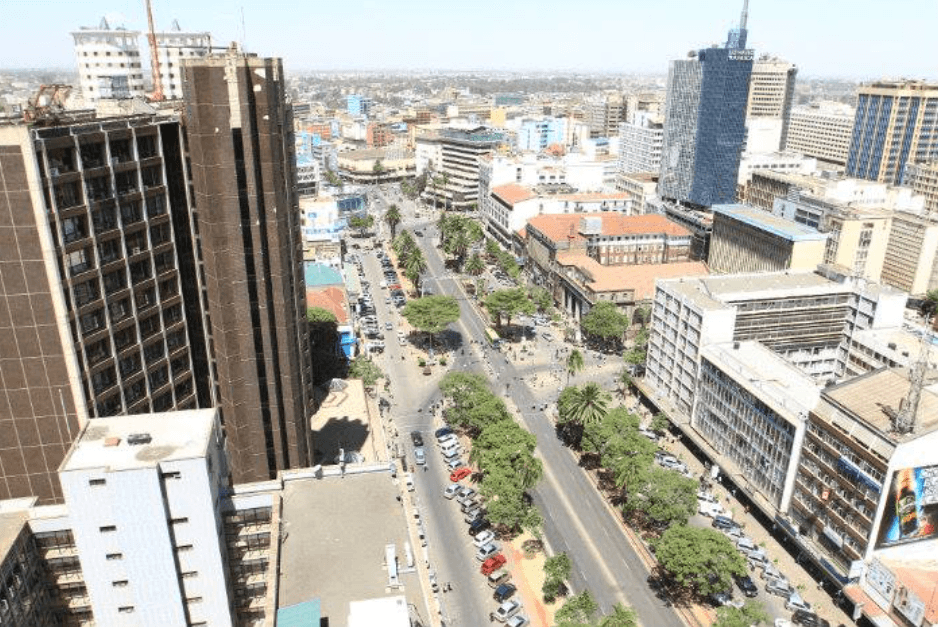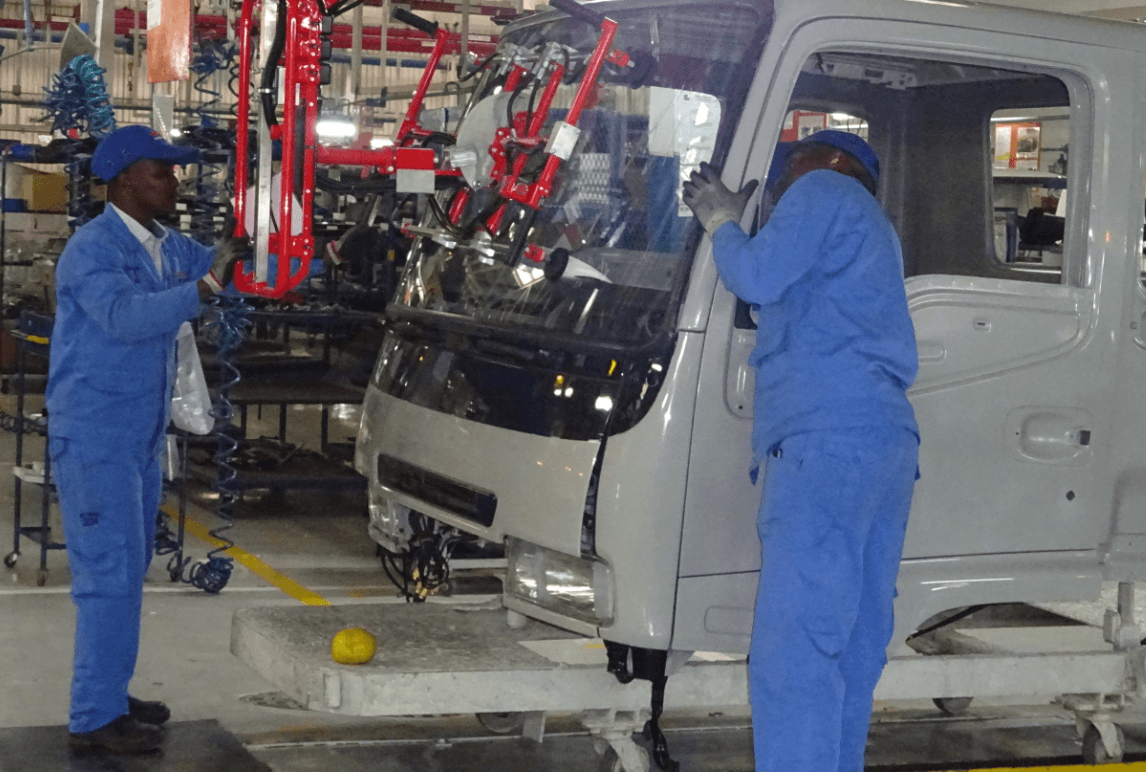Kenya has ventured into a Sh14.9 billion eight-year fish farming project to end overreliance on sea fishing.
The International Fund for Agricultural Development launched the nationwide programme on Thursday. It will first be rolled out in half the counties and later cover the whole country with fish ponds and cages.
The Aquaculture Business Development Programme is projected to increase production from the current 12,400 metric tonnes per year to about 100,000 metric tonnes in the medium term.
Production is expected to increase to more than 450,000 metric tonnes in the long term, with a market value of Sh250 billion per year.
The project is expected to benefit more than 35,500 households at first, and more later.
IFAD country director Esther Kasalu said, "It's a big investment that will involve a lot of private sectors, investors and some government departments,” Kasalu said.
In addition to increasing food security and nutrition, the project will increase income of poor households where farmers can raise and sell fish.
The market for fish has been a problem in Central Kenya. Kasalu said they will ensure there is a market for raw fish and fish products both locally and for export.
“Please take advantage of this. The government has provided very good incentives to be your own employers and hire more people because that is how we create more jobs,” the director said.
Such sustainable projects are the only way to get rid of poverty in the long run, she said.
Fisheries PS Micheni Ntiba said during the launch that the purpose of the project is to make aquaculture a commercial venture in 15 high-potential aquaculture production counties.
It will later be extended to the entire country and is expected to benefit mostly the youth.
“We are taking half of the counties in this first year and then in the second year we will bring in the other counties,” Ntiba said.
Nyeri county will be the headquarters of the programme.
The PS said stocks in the Indian Ocean and lakes have been diminishing and, therefore, "Aquaculture is the way to go."
“We don’t expect Lake Victoria to produce more than it is producing today. We have some little stock in the Indian Ocean, maybe around 400,000 metric tonnes per year,” he said.
Additional fish will only come from aquaculture, he said.
During the 2009-2013 Economic Stimulus Programme the government introduced aquaculture.
It supported farmers with fish, inputs,post-harvest management and related activities.
The effort increased fish ponds from 4,742 to 70,000 and increased production from 4,200 metric tonnes per year worth Sh1 billion in 2009 to 48,000 metric tonnes worth 17 billion by 2017.
The high cost of inputs, especially feed, is a challenge. Feed accounts for 50 per cent of production costs.
The quality of feed is also poor; most good quality feed is imported production of high-quality fingerlings is insufficient.
The challenges of value addition and enterprise, lack of sufficient market channels and transition during devolution have been addressed, the PS said.
Devolution issues included managerial and psychological challenges which pushed the sent the Economic Stimulus Programme to the brink of collapse.
The programme will cost $143.3 million (Sh14.9 billion), which includes a loan from IFAD of $40 million (27.9 per cent). the government of Kenya will contribute $31.4 million and beneficiaries' contribution in kind or cash is expected to be $43.6 million (30.4 per cent).
There is a financing gap of $27.9 million (19.5 per cent). The UN Food and Agriculture Organization will contribute $400,000 (0.3 per cent) to be used in farmers’ field training schools.
The first phase will involve Nyeri, Kirinyaga, Meru, Kakamega, Migori and Homa Bay; the second will involve Tharaka Nithi, Embu, Kiambu, Machakos, Kajiado, Kisii, Kisumu, Siaya and Busia.
The Nyeri government has already rehabilitated fish ponds constructed during ESP. It has made the Wamagana Fish Processing Plant operational.
The county started cage fish farming and is issuing fingerlings to farmers.
(Edited by R.Wamochie)



